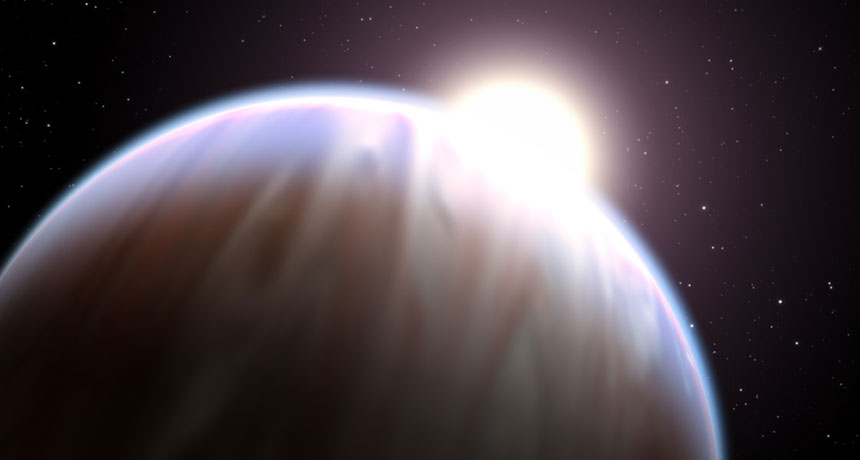Super-Earths, meet superpuffs, a lighter weight class of planet
Underweight, oversized planets formed in outskirts of star systems

BIG PERSONALITY Superpuffs (one illustrated) are extra fluffy planets that formed far from their star and subsequently wandered in closer, a new study suggests.
NASA, ESA, G. Bacon/STScI







